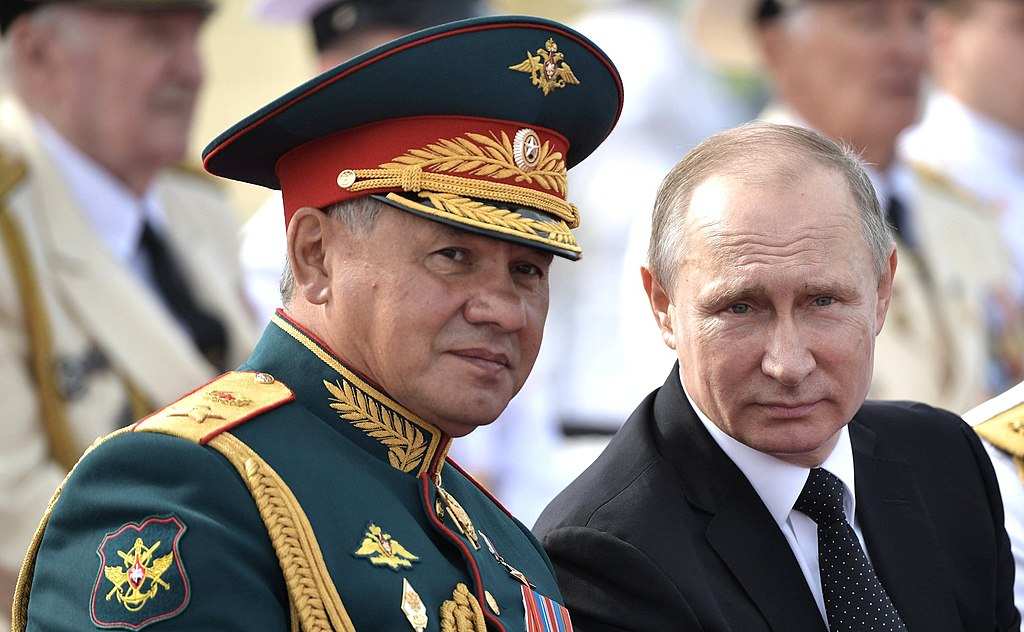
This article was originally published by Radio Free Europe/Radio Liberty and is reprinted with permission.
Russian President Vladimir Putin has signed a decree approving an updated maritime doctrine that outlines the country’s coastal borders and lists NATO and the United States as Russia’s main threats.
The decree, signed during Navy Day celebrations in St. Petersburg on July 31, goes into effect immediately.
The doctrine cited the activities and potential growth of the Western NATO military alliance, the United States’ alleged desire to dominate the seas, and alleged claims on Russia’s territory by a number of foreign states as the primary threats to the country’s security.
It also said that Moscow aims to boost its exploration and mineral exploitation of the Arctic, and to increase the potential of Russia’s northern and Pacific fleets. It singled out the strategic importance of Russia’s recent efforts to develop its 5,600-kilometer Northern Sea Route — which allows container ships and other large vessels to travel along Russia’s Arctic coast from Novaya Zemlya to the Bering Strait — safe and competitive and free of ice year-round.
Addressing a large naval parade on the Neva River, Putin said that the doctrine now identifies the Arctic, Black, Okhotsk, and Bering seas, as well as the Baltic and Kuril straits, as areas of national interest.
“We will firmly provide for their protection by all means,” Putin said of those bodies of water, some of whose maritime borders are disputed by Russia.
Putin stressed that the navy’s ability to respond to threats with “lightning speed” was key to protecting Russia’s sovereignty and freedom. The navy’s coastal, surface, air, and submarine forces are at high readiness, he added, and are “constantly being improved.”
Putin pledged to continue the “large-scale construction of ships and vessels, and marine scientific research programs.”
He also said that the Russian Navy would receive Tsirkon hypersonic cruise missiles within the next few months.
Putin said that the Admiral Gorshkov frigate would be the first to be fitted with the newly introduced weapon, for which he claimed “no obstacles exist.”
Putin added that the area of operations for the Admiral Gorshkov would be determined based on what he called Russian security interests.
The maritime doctrine was first adopted in 2001. The document was last updated in the summer of 2015 following Russia’s illegal annexation of Ukraine’s Crimean Peninsula and amid NATO expansion efforts.